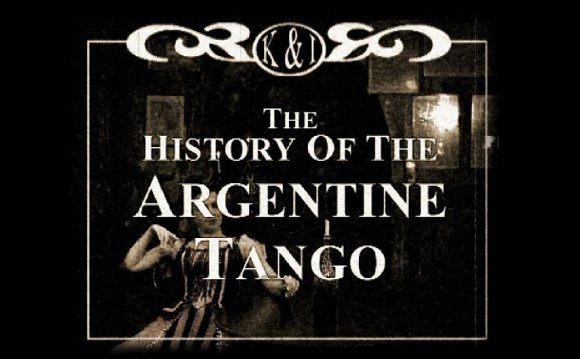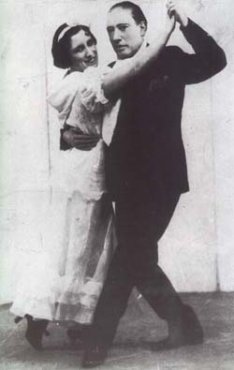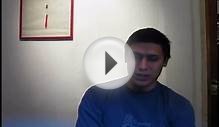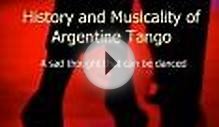
 By Susan August Brown
By Susan August Brown
The exact beginnings of tango—both the dance therefore the word itself—are lost in myth and an unrecorded history. The usually acknowledged theory is when you look at the mid-1800s, the African slaves who was simply brought to Argentina or their particular descendants begun to affect the neighborhood culture. The term “tango” can be straightforwardly African in beginning, indicating “closed place” or “reserved surface.” Or it could are based on Portuguese (and through the Latin verb tanguere, to the touch) and ended up being picked up by Africans in the slave ships. Whatever its origin, the term “tango” had acquired the standard meaning of the place where African slaves and no-cost blacks collected to dance once Argentina banned slavery in 1853.
Throughout the later area of the 1800s and early 1900s, Argentina ended up being undergoing a massive immigration. In 1869, Buenos Aires had a population of 180, 000. By 1914, its population ended up being 1.5 million. The intermixing of African, Spanish, Italian, British, Polish, Russian and native-born Argentines led to a melting pot of countries, and each lent dance and music from one another. Typical polkas, waltzes and mazurkas had been blended with the most popular habanera from Cuba and the candombe rhythms from Africa.
Most immigrants were solitary men looking to earn their fortunes within newly broadening country. They certainly were typically poor and hopeless, looking to make sufficient cash to come back to European countries or deliver their loved ones to Argentina. The advancement of tango reflects their powerful feeling of loss and longing for the people and locations they left out.
Most likely, rudimentary dance kinds that'll are referred to as “tango” had been developed in African-Argentine party venues. These venues were frequented by compadritos, young men—mostly native-born, bad as well as blended ancestry—who liked to wear slouch hats, loosely tied neckerchiefs and high-heeled shoes with knives tucked casually within their belts. The compadritos took the dance to your Corrales Viejos—the slaughterhouse area of Buenos Aires—and launched it in various low-life establishments where dance took place: bars, party halls and brothels. It absolutely was during these tenements in which the African rhythms found the Argentine milonga songs (a fast-paced polka). Soon new steps were developed and took hold as a brand new as a type of dance that combined practices from many cultures. Exactly where and when the many kinds of dance and songs combined generate what became widely recognized as tango is confusing. What exactly is clear was that tango was considered a-dance from bad barrios.
RELATED VIDEO












